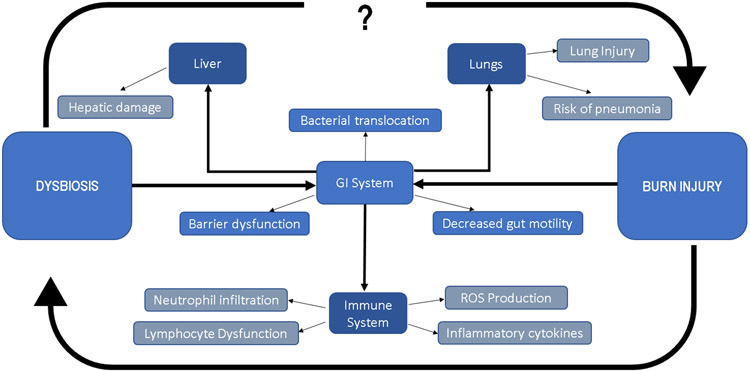Figure 3. Representation of end organ injury and dysfunction following burn injury and microbial dysbiosis.
Both burn and dysbiosis are known to perturb the normal function of the gastrointestinal system. Factors altered in burn injury include barrier dysfunction, gut motility, and bacterial translocation into systemic circulation. This contributes to end organ dysfunction, including hepatic damage, lung injury, and pneumonia. Finally, burn injury and bacterial dysbiosis/translocation is linked to aberrant immune function, including neutrophil infiltration into various tissues, reactive oxygen species (ROS) and inflammatory cytokine production, and lymphocyte dysfunction. Burn injury itself is linked to dysbiosis, however, further work is needed to understand the contribution of microbial dysbiosis and its impact on deleterious outcomes for burn patients, as well as its impact on their recovery.

